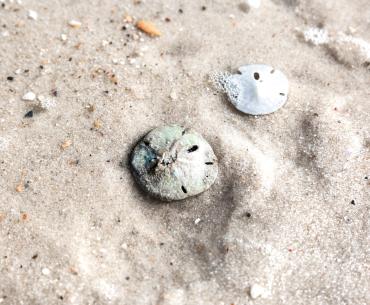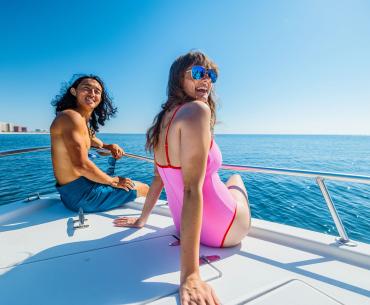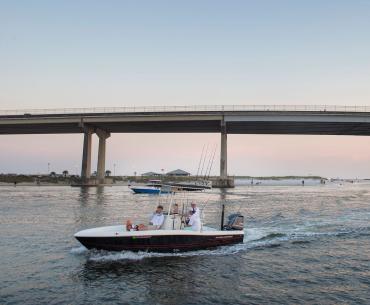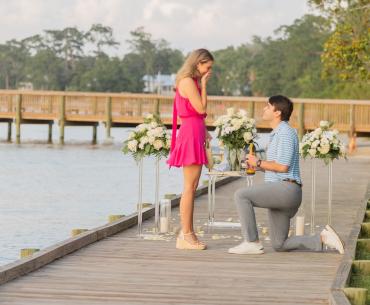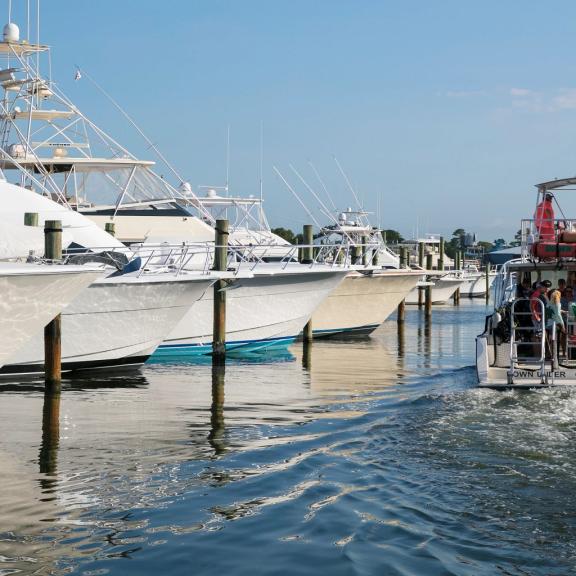
We’re plunging into shallower waters to find the best ways to snorkel and shore dive on the Alabama Gulf Coast.
Ready for an unforgettable and fun snorkeling or dive trip? We’re plunging into our turquoise waters to find the best ways to snorkel and dive along Alabama's Beaches.
These adventures are perfect for families or beginning explorers because they’re easy to access, have shallower depths, and don’t require hours of logged diving time. All you need is the right gear, which you can find at any local dive shop and many local retailers.
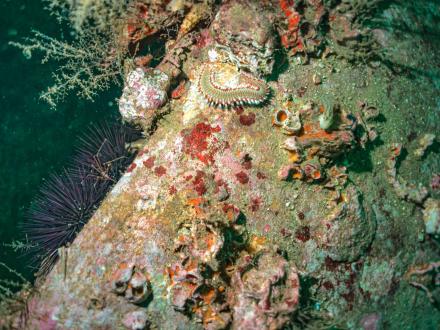
1. The Whiskey Wreck
The most popular shore dive in the area takes you to the site of a 200 ft. Spanish Rum Runner that was sunk in less than 20 feet of water. Its shallow depths and easy access make it a prime spot for snorkelers and novice divers. Its vibrant marine life and hidden crevices make it a thrilling site for even experienced explorers.
Located just 150 feet off the beach, The Whiskey Wreck is near a sandbar, making it a convenient spot for gearing up. Its murky depths offer limited visibility of 10-15 feet, so you’ll want to keep your eyes peeled for nautical neighbors.
When you’re finished with your tour, head to the shore to dry your fins and enjoy a bite to eat at Bahama Bob’s Beachside Cafe, located just north of the dive site.
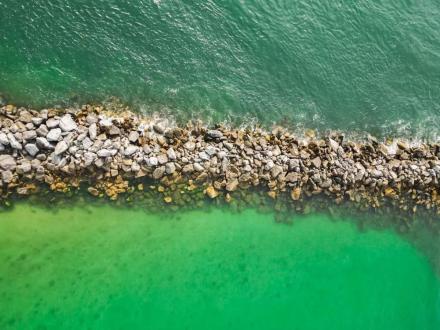
2. The Jetties at Alabama Point
The jetties are rock and concrete structures that protect Perdido Pass from the tides and currents of the Gulf, and they are home to a large variety of marine life that swim in and around these shallow waters. This makes them popular for fishing, birdwatching, snorkeling, and beach diving.
You can reach the jetties from the shores of Alabama Point Beach. With ample parking and public restrooms nearby, the jetties offer a dive that’s as convenient as fun. Although a reasonable distance from the parking area, boardwalks make the trek a little bit easier.
When diving in the jetties, you may encounter crabs, sea urchins, octopuses, stingrays, even sharks, and many local and tropical fish. Though the water level is only nine to 12 feet, the area is heavily populated with passing boats and anglers, making it more suitable for experienced divers. For the best experience, time your dive with the incoming tide - you want to head out an hour or more before peak time.
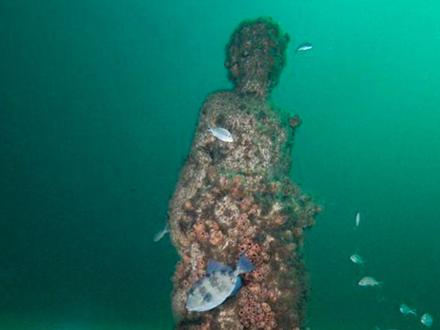
3. Poseidon's Playground
Three miles south of Perdido Pass and the Gulf State Park Pier, you’ll discover Poseidon’s Playground. This playful diving spot is around an acre in size and features statues of Poseidon, Venus of the Sea, and Apollo. Visitors only have to travel 40 feet under to find this playground, making it great for an easy dive. It’s the perfect place for an underwater photoshoot.
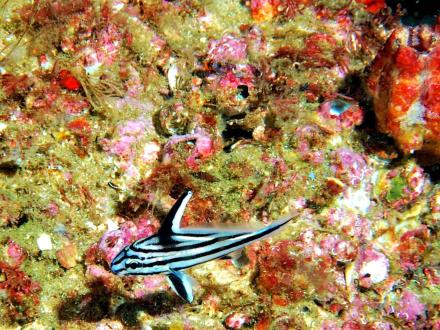
4. Orange Beach Snorkeling Reefs
Orange Beach has three artificial snorkeling reefs, also known as circalittoral reefs, where visitors can immerse themselves in a bustling underwater habitat. These concrete and limestone reef systems are home to various parasitic and nautical marine life living, playing, and feeding in the area. Just a few hundred feet offshore in average depths of eight feet, the reefs provide a unique chance for a quick glimpse of life under the Gulf waves.
The Orange Beach Snorkeling Reefs can be found at access points near Romar Beach, Alabama Point, and the Gulf State Park Pavilion. Poles with mounted red lights near the shore mark the site boundaries, though they may be turned off during the sea turtle nesting season.
